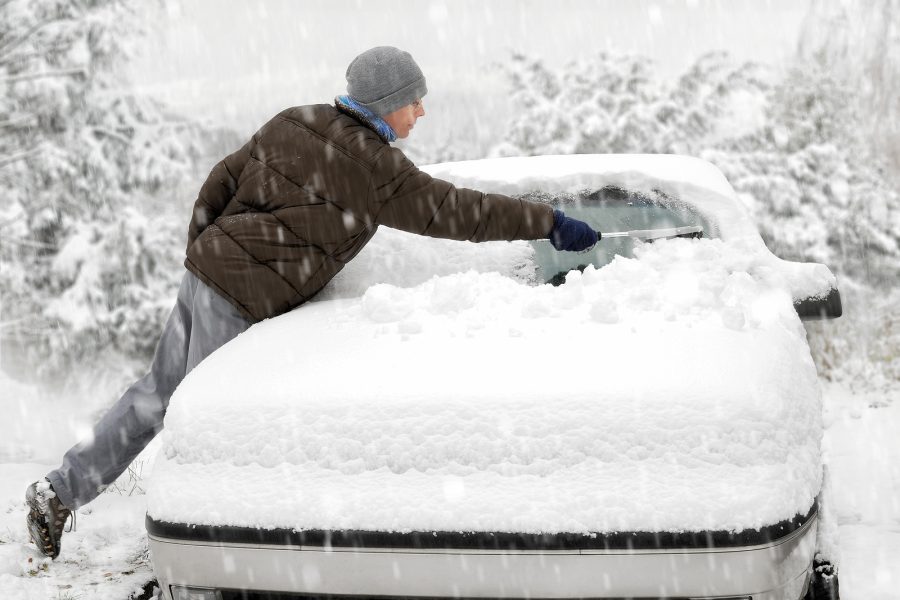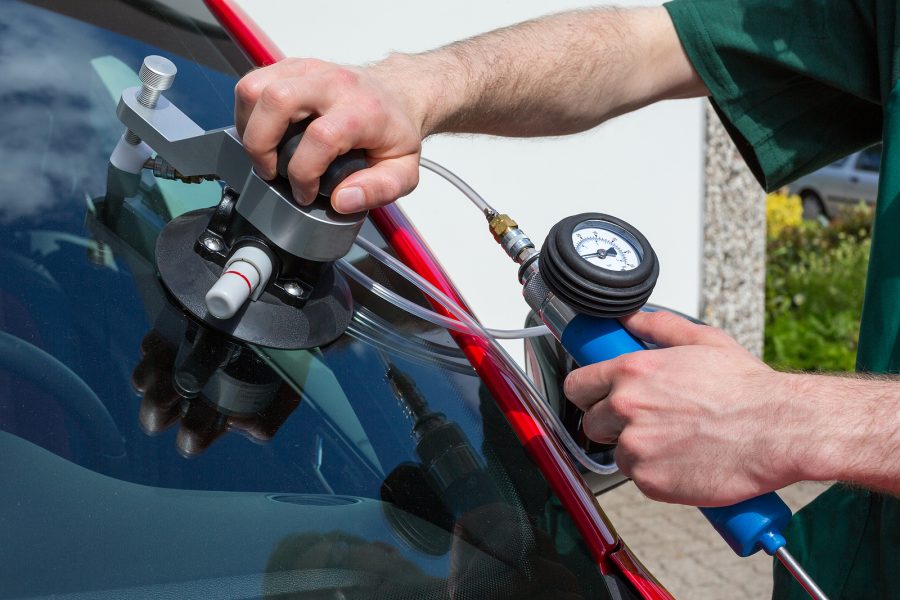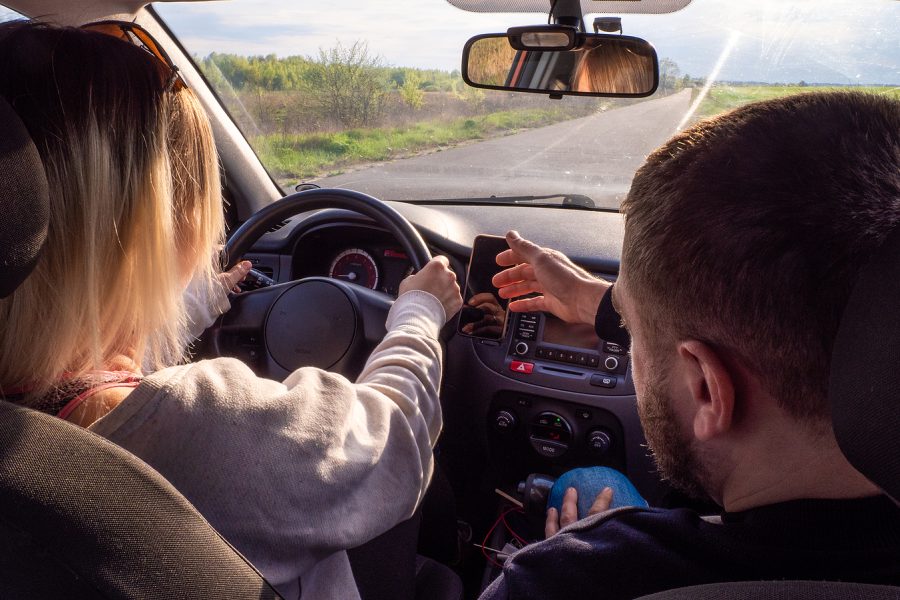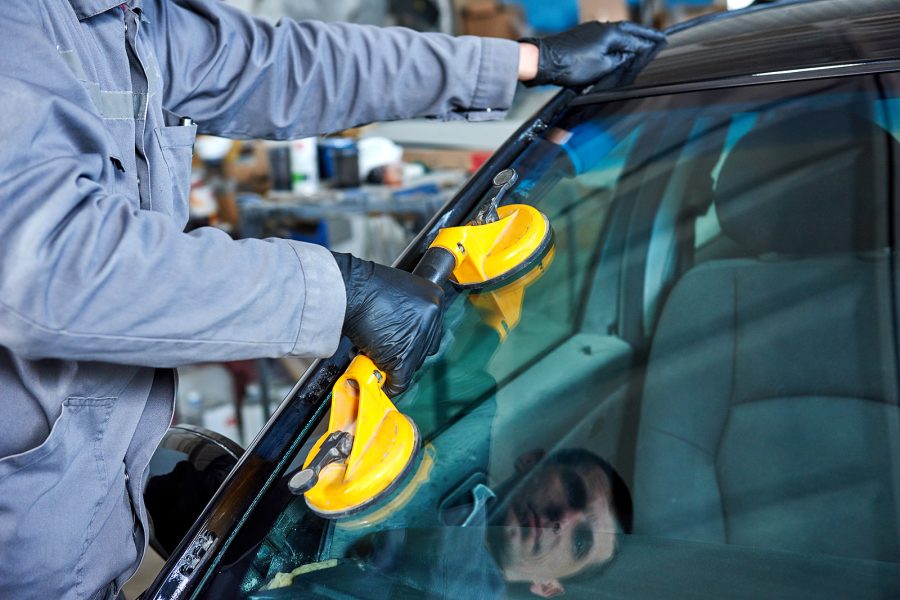The job of the car windscreen is pretty much what it says on the tin: to shield the driver and passengers from the outside elements. Most of the time, this will just be the lovely British weather (although hailstones can cause some serious harm!). Flying objects and loose stones can also inflict damage to the glass, causing dangerous cracks and chips.
While sometimes damage is unavoidable, there are some steps you can take to minimise the risks. Here are some potential hazards which most commonly lead to cracked windscreens, and what you can do to avoid them.
Don’t drive too close behind other vehicles
You should always leave at least a 2-second gap between you and the vehicle in front, and this is especially important if you are behind an HGV. This is because they have enormous double wheels which throw up loose debris more powerfully than a smaller vehicle. If you are behind an HGV, hang back and change lanes when it is safe to do so.
Don’t drive too fast
A loose stone that hits your windscreen while the car is moving at high speed will cause a lot more damage than if you were driving more steadily. It is mostly the speed of the vehicle rather than the flying object that determines how much damage is done, so stick to the speed limits, and take extra care on freshly resurfaced or poorly maintained roads.
Avoid roadworks where possible
Digging and drilling of roads can throw up grit and other debris into the air, so take care to drive slowly past roadwork sites. If possible, plan your journey in advance to avoid roads where works are being carried out.
Lookout for potholes
Potholes are notorious for damaging car suspension and tyres, but the sudden impact can also cause any existing small chips or cracks in your windscreen to spread and fracture. Potholes also tend to be full of loose stones which can fly up and chip your windscreen.
For windscreen replacement services, please get in touch today.









